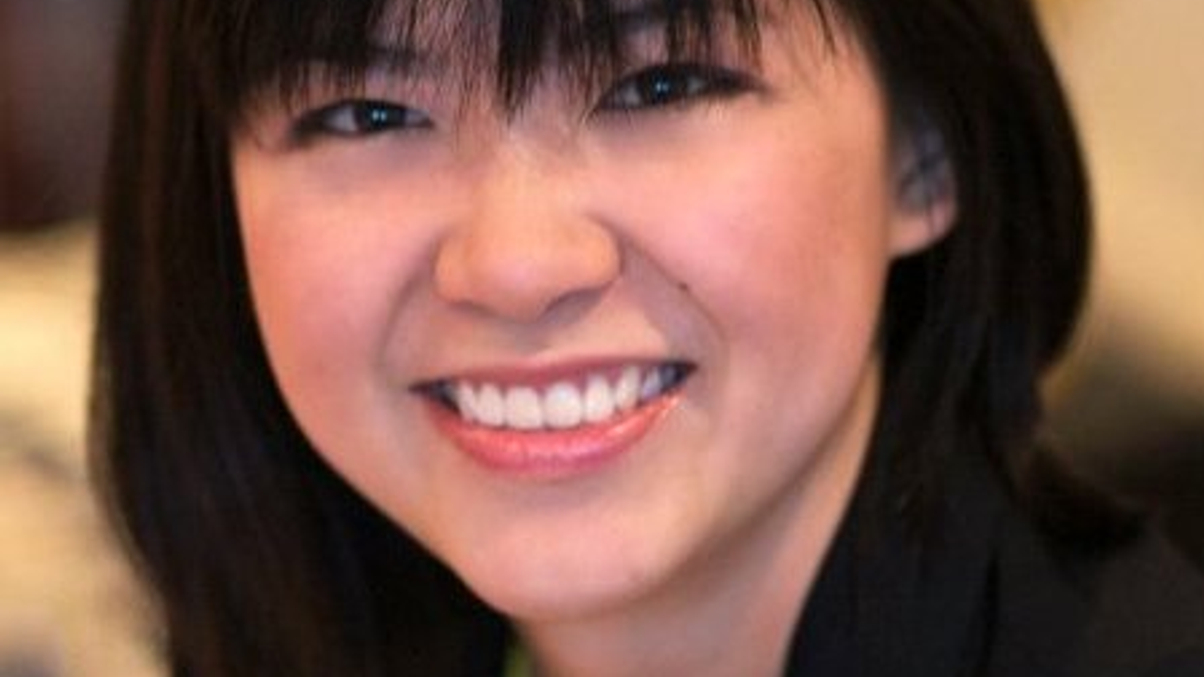Equities to stay dominant in SWF portfolios: Cerulli
Despite a growing appetite for alternative assets among Asia's large institutions, the region's biggest sovereign wealth funds will continue to favour equities above all, said the research house.

While Asia’s biggest institutions are increasingly investing in alternative assets, sovereign wealth funds’ allocations continue to be dominated by equities, and that situation is likely to continue, said research house Cerulli Associates.
Sign in to read on!
Registered users get 2 free articles in 30 days.
Subscribers have full unlimited access to AsianInvestor
Not signed up? New users get 2 free articles per month, plus a 7-day unlimited free trial.
¬ Haymarket Media Limited. All rights reserved.


